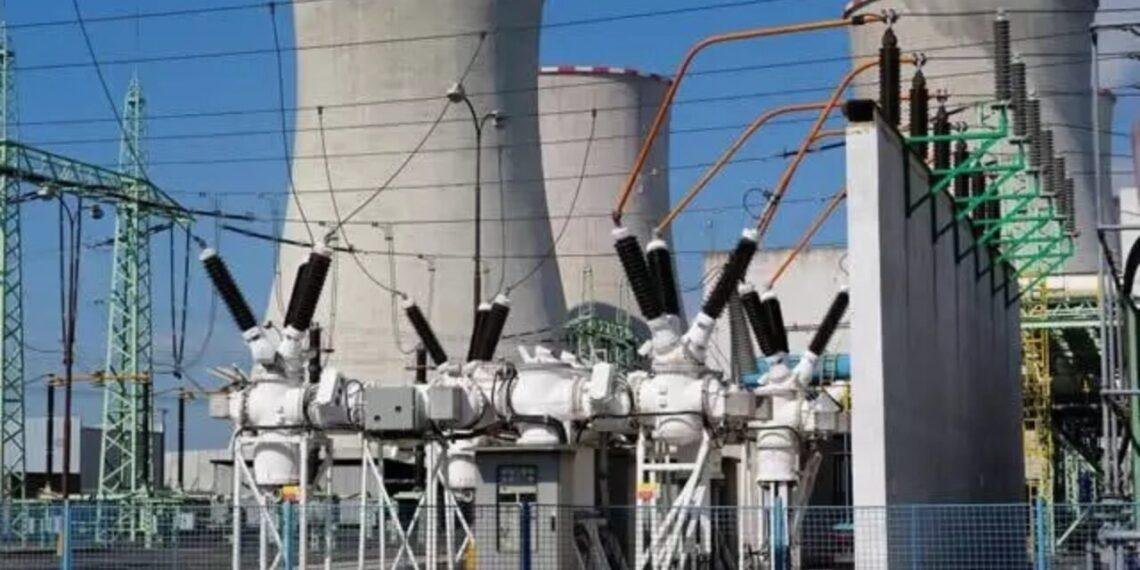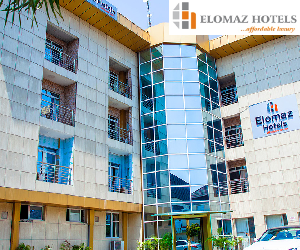Lagos State has officially surpassed Nigeria’s national grid capacity through off-grid and self-generated electricity, according to a newly released report by the Africa Finance Corporation (AFC). This revelation casts a spotlight on the country’s worsening energy crisis and the growing reliance on private power solutions amid persistent failures of the centralised grid.
The landmark report, titled “State of Africa’s Infrastructure Report 2025”, warns that Africa’s biggest economies, particularly Nigeria and South Africa are seeing a dramatic shift in electricity generation. In Lagos alone, off-grid electricity capacity is now estimated to exceed 19 gigawatts (GW), while the national grid struggles to consistently deliver between 4 to 5 GW.
This transformation in power generation, while showcasing innovation, exposes a deeper systemic failure in Nigeria’s energy infrastructure. It contradicts the ambitious goal of the World Bank and African Development Bank to connect 300 million people in sub-Saharan Africa to electricity by 2030, a project backed by a $40 billion commitment.
The AFC report emphasizes that increasing reliance on off-grid and captive power generation by industries and households signals more than adaptation, it reflects desperation. Businesses are now investing in diesel and gas-fired power plants, while homes lean heavily on petrol generators. In Lagos, this off-grid boom highlights the collapse of confidence in centralised power delivery.
According to the report, these trends are not exclusive to Nigeria. In South Africa, regulatory reforms in 2022 sparked a surge in embedded generation. Private sector capacity has grown from 23 megawatts in 2019 to over 4.5 GW by the end of 2023, with 1 GW of solar power added in 2024 alone.
Despite the scale of self-generated energy across the continent, these developments remain largely invisible in official statistics. Most data focuses on solar rooftops, ignoring large-scale thermal generation, a significant source of power for industries like mining, cement, and manufacturing, where captive plants can produce between 20 MW and 200 MW per site.
The report paints a stark picture: off-grid energy isn’t always a cheaper or cleaner alternative, it’s often a last resort. A study by the Energy for Growth Hub reveals that self-generated electricity costs twice as much as grid power in Nigeria and South Africa, and up to four times more in Ethiopia. These inflated costs are eroding industrial competitiveness and undermining economic growth.
Related Articles:
- Power sector gets boost as FG targets over 11 Million Meters by 2025 – Adelabu
- African Development Bank sets bold goal to electrify 300 Million Africans by 2030
- FirstBank wins 2024 Euromoney Award for Nigeria’s best bank in ESG
Africa, the report notes, holds vast untapped energy potential; the world’s largest reserves of hydropower, geothermal resources, and some of the highest solar exposure globally. Yet without investment in grid-scale infrastructure, these resources remain stranded, unable to meet the continent’s surging demand.
Between 2013 and 2023, electricity generation across Africa grew at a sluggish pace of under 2% annually far behind population and economic growth. For the first time in decades, per capita electricity consumption is declining, suggesting not progress but regression in meaningful energy access.
In comparison, the Asia-Pacific and Middle East regions recorded growth rates of 4.5% and 3.8%, respectively, during the same period. In 2024, Africa added just 6.5 GW of utility-scale power, only a third of India’s renewable capacity expansion and far behind the United States’ 48.6 GW addition.
The AFC warns of a dangerous trend: Africa risks becoming trapped in a “low-energy equilibrium”, where electrification figures improve on paper, but the quality, reliability, and volume of power remain insufficient to drive industrialisation and structural economic transformation.
Without urgent and large-scale investments in affordable, reliable grid infrastructure, the number of Africans without access to electricity currently over 600 million may remain unchanged by 2030. This energy gap threatens to stall development, increase inequality, and widen the divide between Africa and other rapidly advancing regions.
As urbanisation accelerates and industries expand, African leaders face a critical decision: invest now to power the future, or fall further behind in the global economy.






